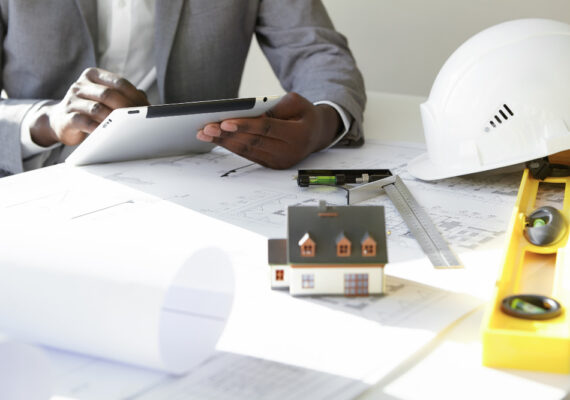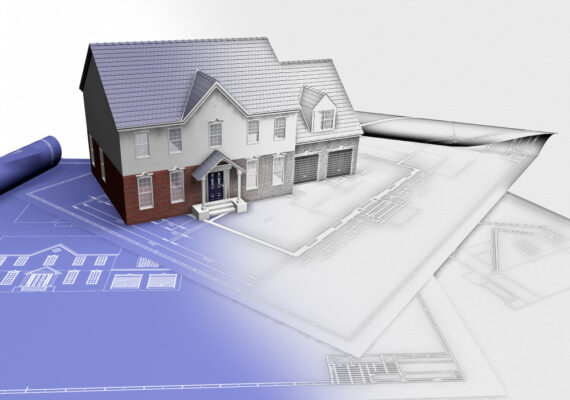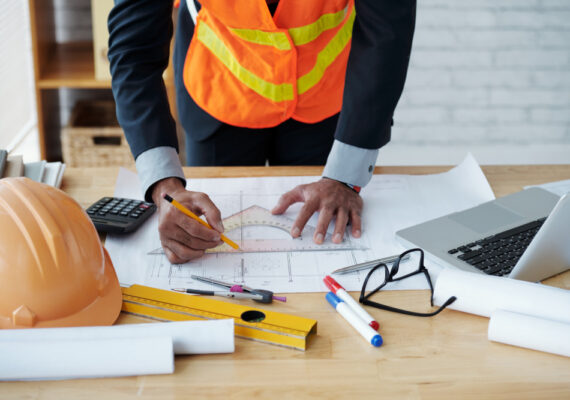Unlocking Value: The Benefits
Introduction:
Commercial buildings are significant investments that can generate substantial returns over their lifespan. To maximize the value of these assets, it is crucial for investors and property owners to have a deep understanding of the building’s lifecycle. By comprehending the various stages a commercial building goes through, stakeholders can identify cost-effective methods of repurposing the asset for improved rentals and an extended lifespan. In this article, we will explore the benefits of understanding the lifecycle of a commercial building, including strategies for managing potential demolition and reconstruction and assessing the profitability of such options.
1. Optimizing Repurposing Efforts:
Understanding the lifecycle of a commercial building allows investors to identify opportunities for repurposing the property to meet changing market demands. By analyzing market trends and tenant requirements, owners can adapt the building’s layout, amenities, and infrastructure to attract new tenants and achieve higher rental rates. Repurposing a building can involve converting office spaces to retail or residential units, creating flexible coworking spaces, or integrating sustainable features. By strategically repurposing assets, owners can unlock new revenue streams and increase the long-term value of their investments.
2. Extending the Lifespan:
Proactively managing the lifecycle of a commercial building can significantly extend its useful life. Regular maintenance, upgrades, and renovations help prevent deterioration, reduce operating costs, and enhance tenant satisfaction. By conducting lifecycle assessments, owners can identify areas that require attention and implement cost-effective measures to prolong the building’s lifespan. This approach not only minimizes the need for major repairs but also ensures the property remains competitive in the market.
3. Managing Demolition and Reconstruction:
There may come a point when the most viable option for maximizing returns on a commercial building is demolition and reconstruction. Understanding the lifecycle of the building helps owners determine when this option becomes economically viable. Factors such as changing market dynamics, outdated infrastructure, high maintenance costs, or zoning restrictions can influence the decision. Careful evaluation of the potential return on investment (ROI), including construction costs, increased rental income, and market demand, is crucial. Engaging with architects, contractors, and real estate professionals can provide valuable insights to assess the profitability of demolition and reconstruction and guide the decision-making process.
4. Profitability Assessment:
Assessing the profitability of demolition and reconstruction requires a comprehensive analysis of financial and market factors. Property owners should consider factors such as construction costs, potential rental income, market demand for the new space, and the overall economic climate. Conducting a feasibility study, including a cost-benefit analysis, can provide a clearer picture of the potential returns on investment. Additionally, engaging with real estate professionals who have experience in redevelopment projects can help in accurately assessing the profitability of such endeavors.
Understanding the lifecycle of a commercial building is essential for investors and property owners seeking to maximize returns on their assets. By comprehending the stages a building goes through, stakeholders can identify opportunities for repurposing the property, extend its lifespan through proactive maintenance, and make informed decisions regarding demolition and reconstruction.







